
We need to find God, and he cannot be found in noise and restlessness. God is the friend of silence. See how nature – trees, flowers, grass- grows in silence; see the stars, the moon and the sun, how they move in silence… We need silence to be able to touch souls.
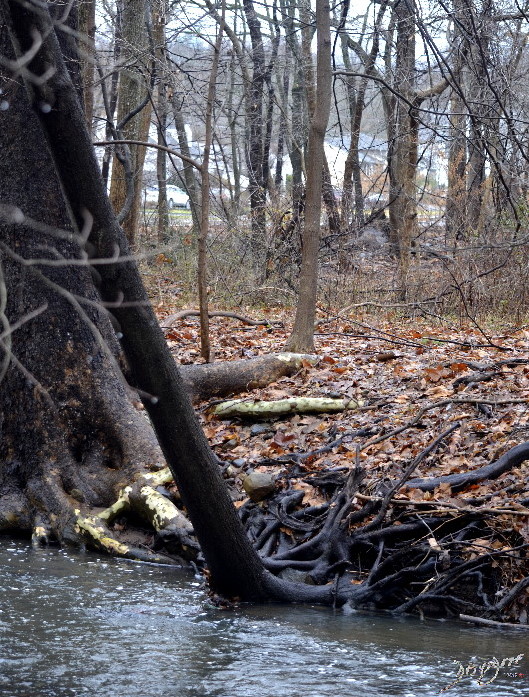
From the series “Life Lessons Learned from the dOG wALK”
Courtesy dOG wALK aRT
Dedicated to the museums In and around
Jan 24 2018
598
A people without the knowledge of their past history, origin and culture is like a tree without roots.
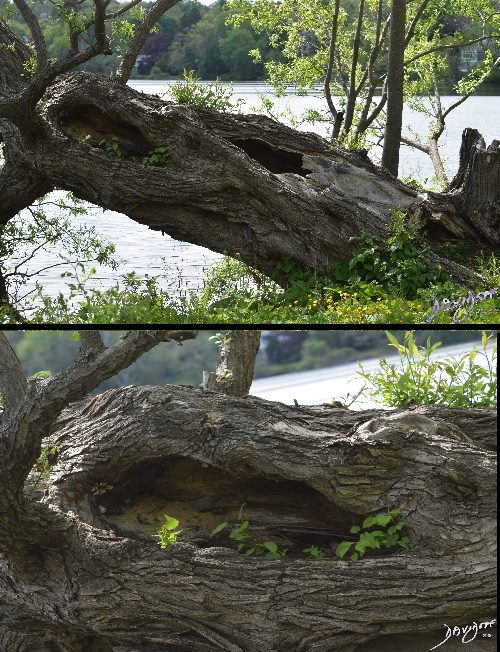
DOWN BUT NOT OUT
This poor old tree, fallen from its graces, eviscerated by rot, has found enough energy from its roots to give rise to new branches and also to support new life in its empty decaying spaces.
Lesson from nATURE – Do not forget your roots. Without them you are nothing!
Courtesy of Free Life Lessons Around and In Us and Spy Pond Arlington Mass
May 21, 2016
pre dwa0027
We must accept finite disappointment, but never lose infinite hope.
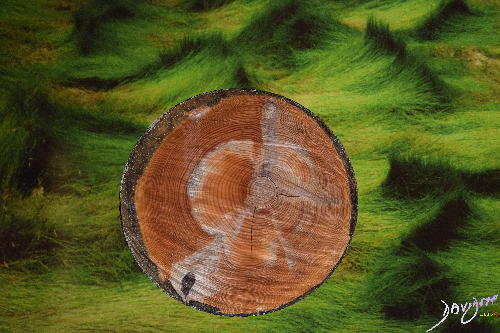 FROM ZERO to WHOLESOMENESS ON THE WAVES OF TIME
FROM ZERO to WHOLESOMENESS ON THE WAVES OF TIME
– a poem
From nothing to wholesomeness
And then to nothing again
From zero to all the numbers
From the empty womb to new life
From the round seed to the wholesome tree
And then to recede And then to seed again
And we cycle and cycle .. and cycle
With repeated spiraling of bonded zeroes till eternity
While time moves on its unstoppable wheels
And we are given a present to be present in the present
To understand the holy void and holy wholesomeness
JULY 27 2016
73
Waste does not exist in nature because ecosystems reuse everything that grows in a never-ending cycle of efficiency and purpose.
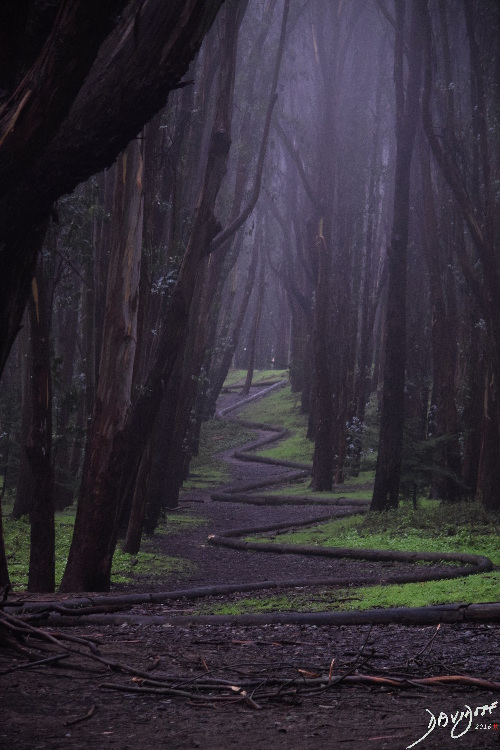 WOODLINE
WOODLINE
by Andy Goldsworthy
This beautiful work of art is located in Presidio park San Francisco –
Life is a long and winding path through unknown woods – leading to something, somewhere – enjoy the journey
December 18 2016
177
Man can learn nothing except by going from the known to the unknown.
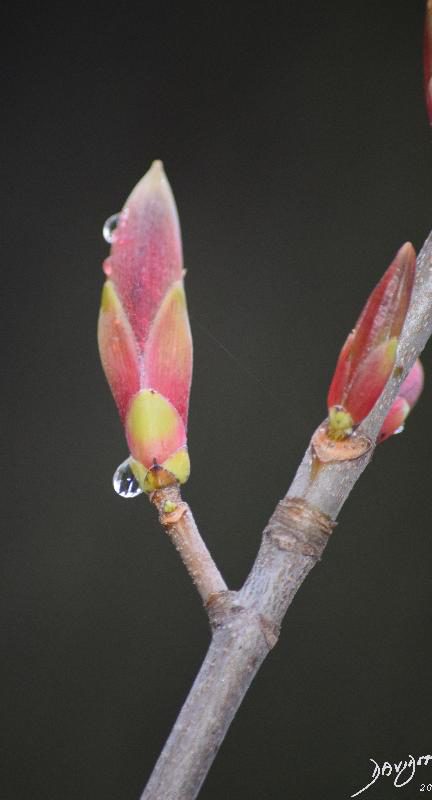 DOWN AND UP
DOWN AND UP
Isaac Newton and the DogWalk
Said gravity to water droplet –
“ I will force you down”
Said droplet to earth –
“You may shudder with the fall”
Said earth to water
“I will spread you in my womb”
Said water to the roots
“I will move up inside you”
Said Time to Winter
”You are going down”
Said Time to Spring
“Time to come up”
Said tree to itself
“Time to grow up and bud”
Said bud to husk
“Release me so I can grow up”
Said gravity to husk
“You are going to fall down”
Said spider to the tree
“Hold my web, so I do not fall”
246
“The main driving force of water uptake and transport into a plant is transpiration of water from leaves. Transpiration is the process of water evaporation through specialized openings in the leaves, called stomates. The evaporation creates a negative water vapor pressure develops in the surrounding cells of the leaf. Once this happens, water is pulled into the leaf from the vascular tissue, the xylem, to replace the water that has transpired from the leaf. This pulling of water, or tension, that occurs in the xylem of the leaf, will extend all the way down through the rest of the xylem column of the tree and into the xylem of the roots due to the cohesive forces holding together the water molecules along the sides of the xylem tubing. (Remember, the xylem is a continuous water column that extends from the leaf to the roots.) Finally, the negative water pressure that occurs in the roots will result in an increase of water uptake from the soil.
“Now if transpiration from the leaf decreases, as usually occurs at night or during cloudy weather, the drop in water pressure in the leaf will not be as great, and so there will be a lower demand for water (less tension) placed on the xylem. The loss of water from a leaf (negative water pressure, or a vacuum) is comparable to placing suction to the end of a straw. If the vacuum or suction thus created is great enough, water will rise up through the straw. If you had a very large diameter straw, you would need more suction to lift the water. Likewise, if you had a very narrow straw, less suction would be required. This correlation occurs as a result of the cohesive nature of water along the sides of the straw (the sides of the xylem). Because of the narrow diameter of the xylem tubing, the degree of water tension, (vacuum) required to drive water up through the xylem can be easily attained through normal transpiration rates that often occur in leaves.”
 DNA AND RNA
DNA AND RNA
When the Whole is Bigger than the Parts
299
“The whole is greater than the sum of its parts.”
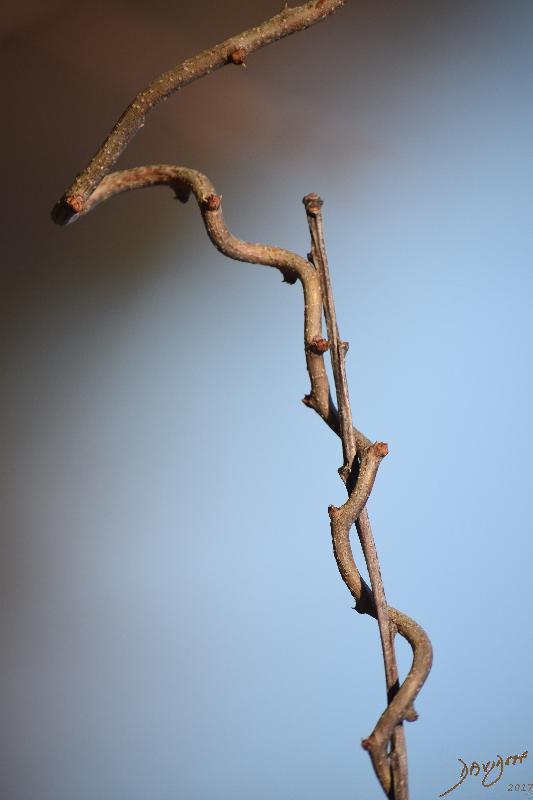 BONDING – BONDAGE = CHOICE
BONDING – BONDAGE = CHOICE
Chag sameach to All our Family, Friends, Countrymen/women and ourselves.
May we bond and bind by our own choice, throw off the shackles that enslave us, and find our freedom
239
The greatest gifts you can give your children are the roots of responsibility and the wings of independence.
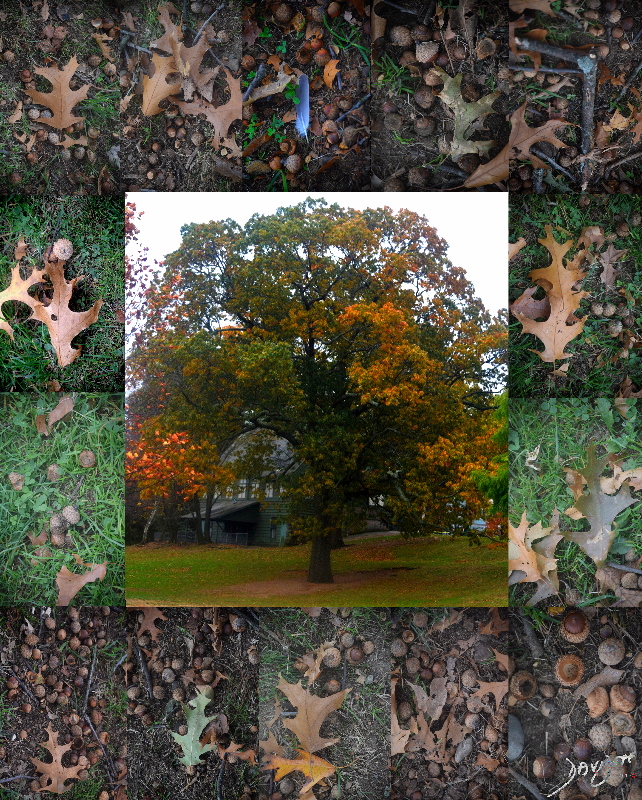 FROM EARTH TO EARTH
FROM EARTH TO EARTH
The old oak tree surrounded by the hopeful dropped seeds which are the products of her summer
November 7, 2017
345
The creation of a thousand forests is in one acorn.
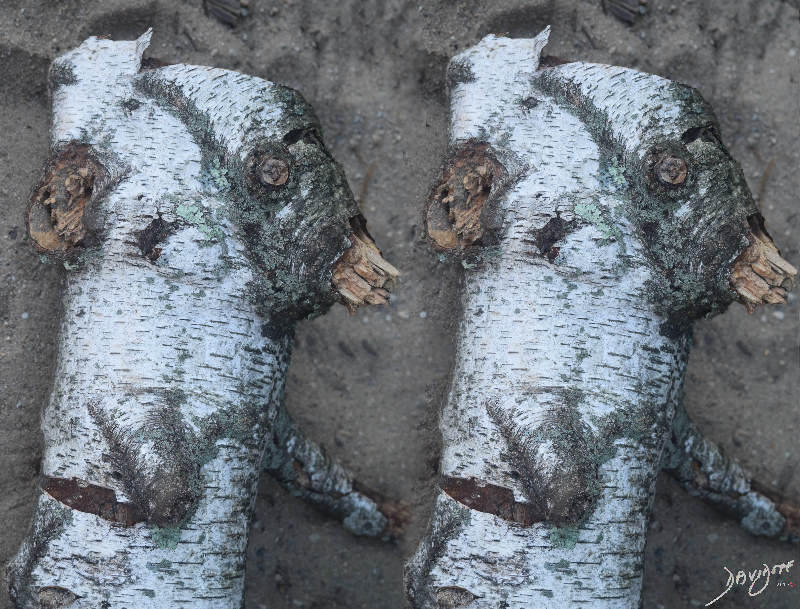
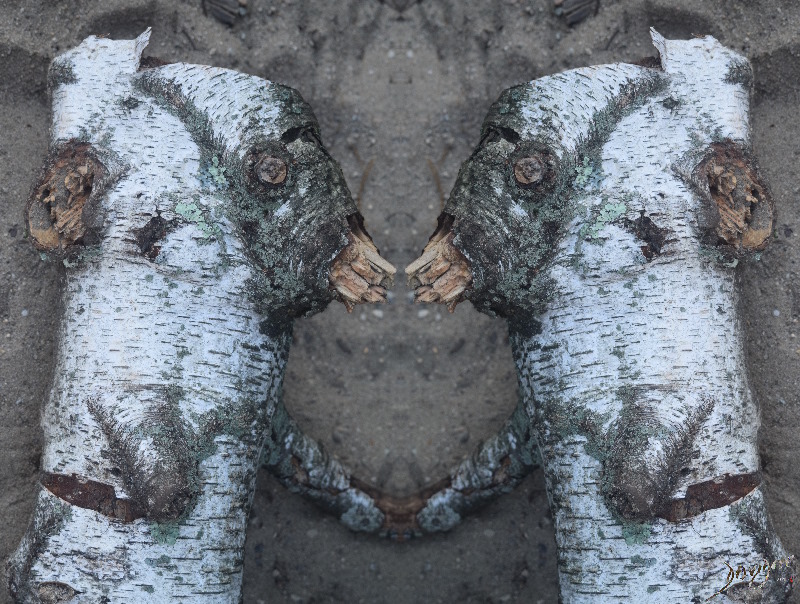
CONVERSATION
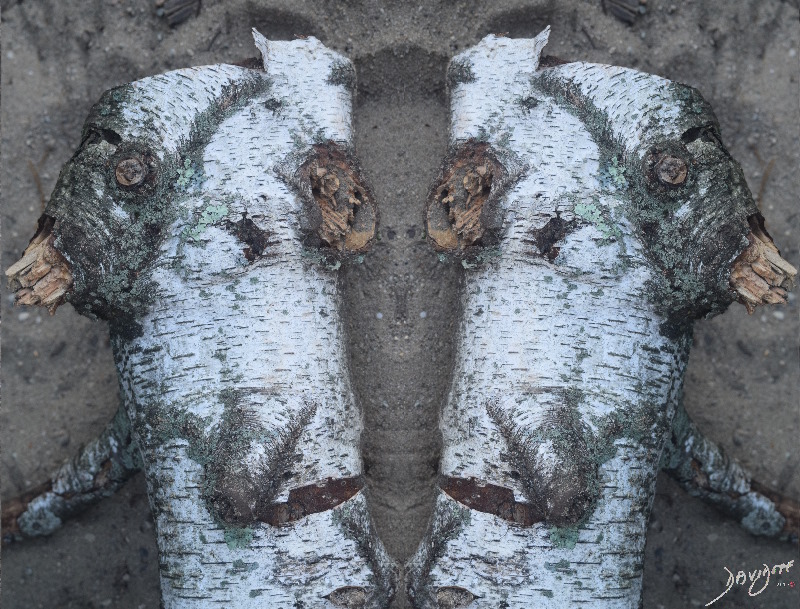
December 1, 2017
359I think that you’re supposed to know when it’s time to say goodbye.
Judy Sheindlin – Judge Judy
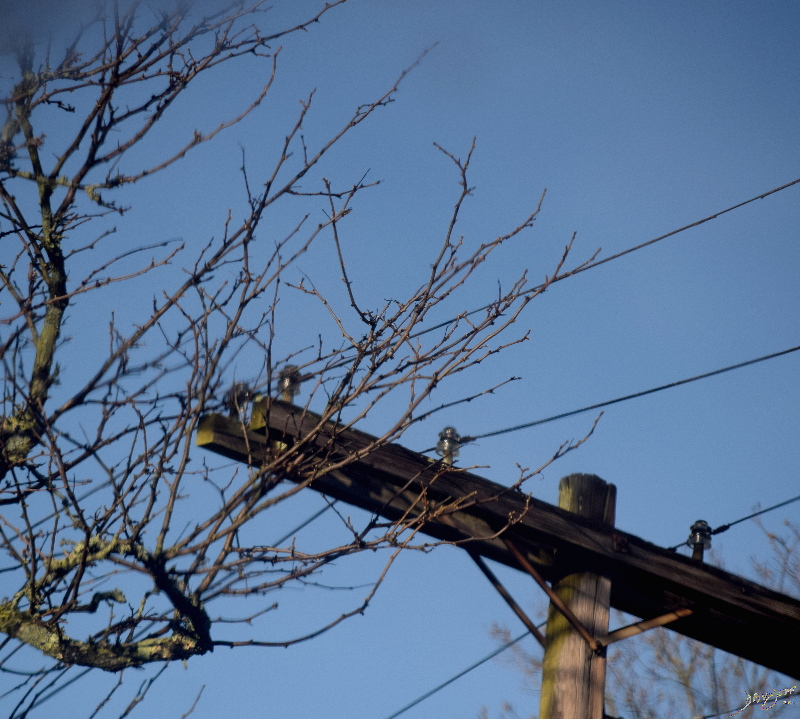 BOTH MADE OUT OF WOOD, BOTH ESSENTIAL – JUST WIRED DIFFERENTLY
BOTH MADE OUT OF WOOD, BOTH ESSENTIAL – JUST WIRED DIFFERENTLYFrom the series “Understanding Our Differences”
May 5
435It is understanding that gives us an ability to have peace. When we understand the other fellow’s viewpoint, and he understands ours, then we can sit down and work out our differences.Harry S Truman

Tamarind
Nobody knows where my Tamarind stood
Just by a winding lane.
Each year it gave me fruit and shade, and drew
Me to my home again.
I loved to sit beneath her shady boughs,
And rest up for a while,
To gaze out upon the distant blue hills,
With laughter and a smile.
And now that I’m back, I’m eager to find,
My tamarind again.
I hasten down to that favourite spot,
I search… but search in vain.
Then I stop and I stare; I stand quite still
I listen to my heart.
That magnificent tree, that was my life,
Has just been ripped apart.
I turn to the hills, my eyes filled with tears
For sure, I’ve lost my soul.
Where once it stood tall, there’s nothing there now,
Merely an empty hole.
Anonymous
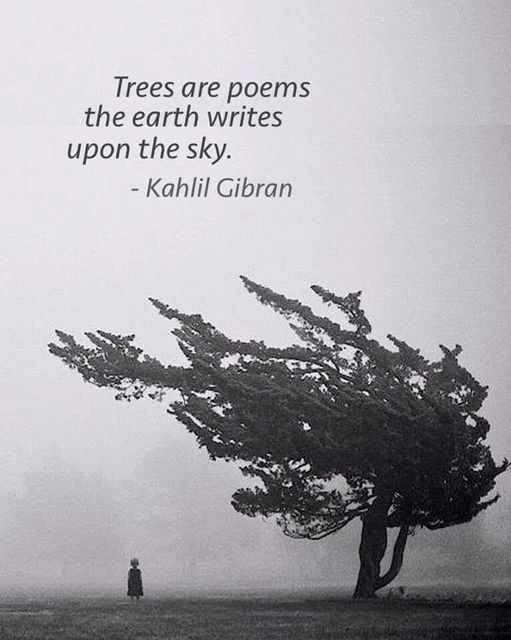
Kalil Gibran
“The one who plants trees, knowing that he will never sit in their shade, has at least started to understand the meaning of life.” (Rabindranath Tagore)
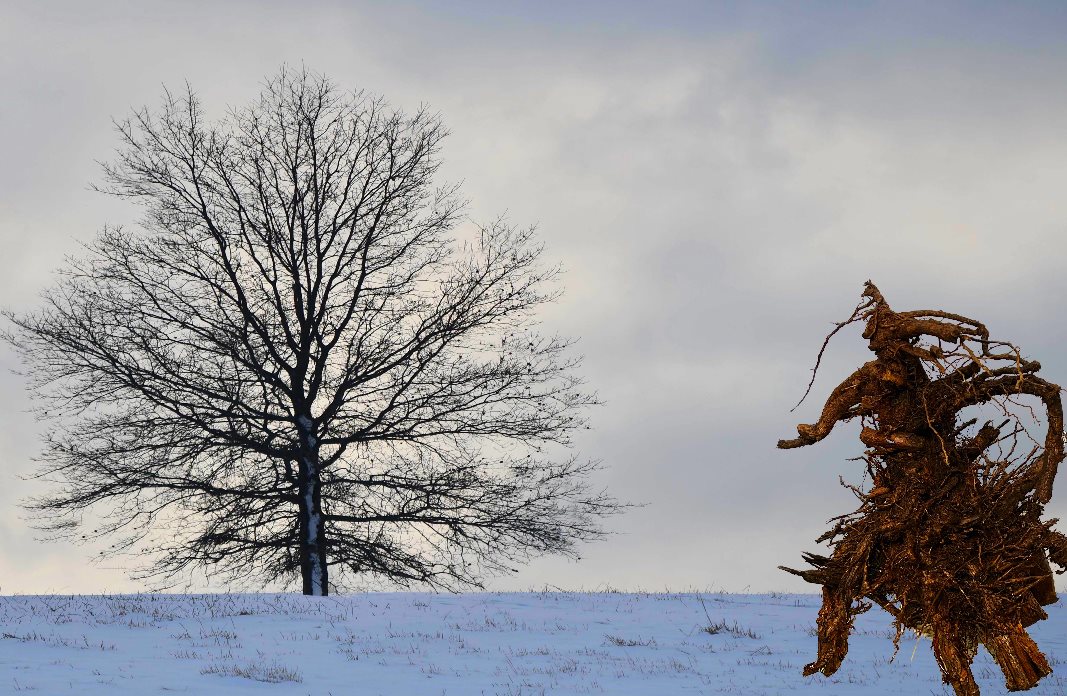
Tribute to nature, our garden, our parents and our ancestors Le Dor Vador From Generation to Generation
Ashley Davidoff
TheCommonVein.net